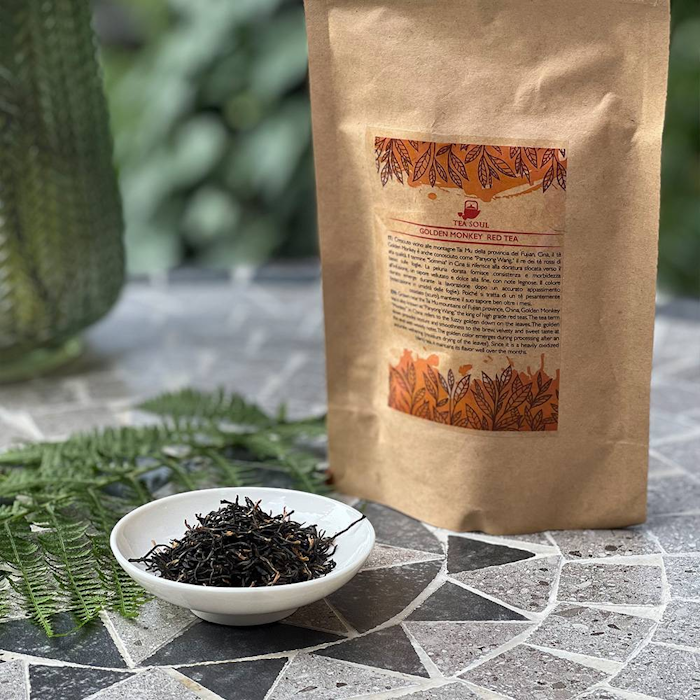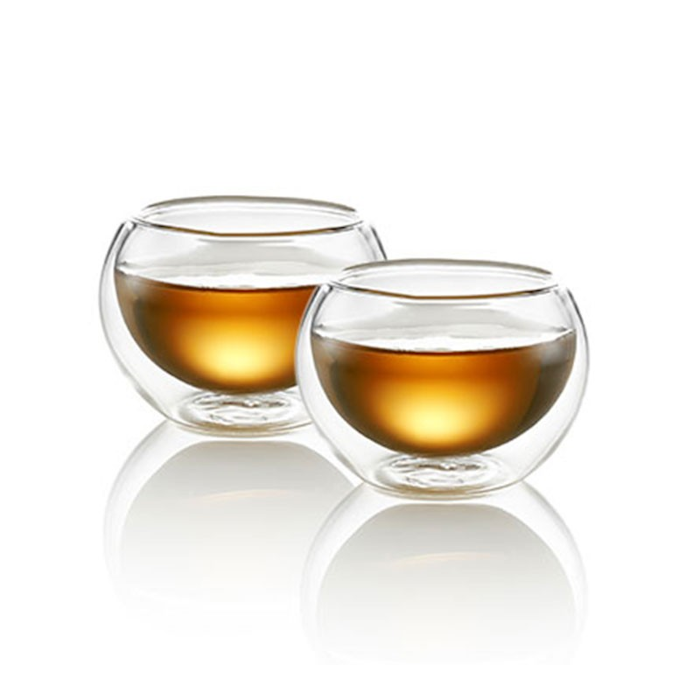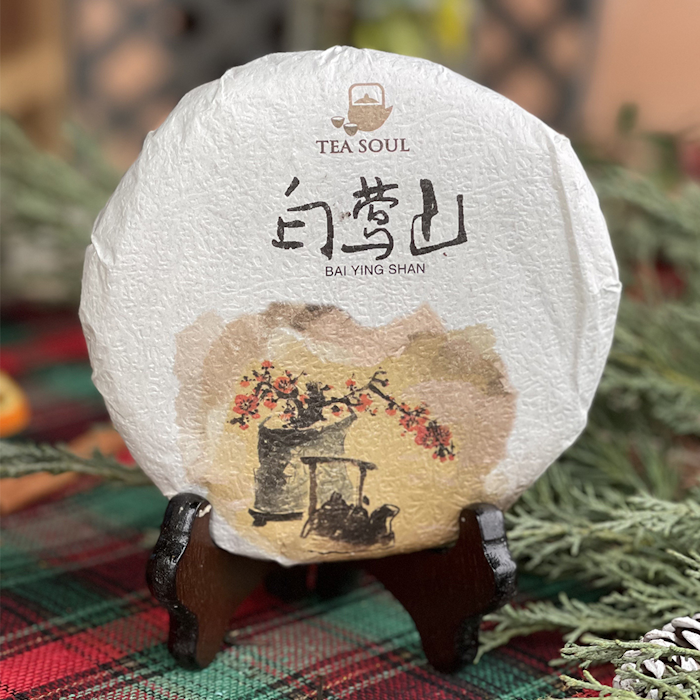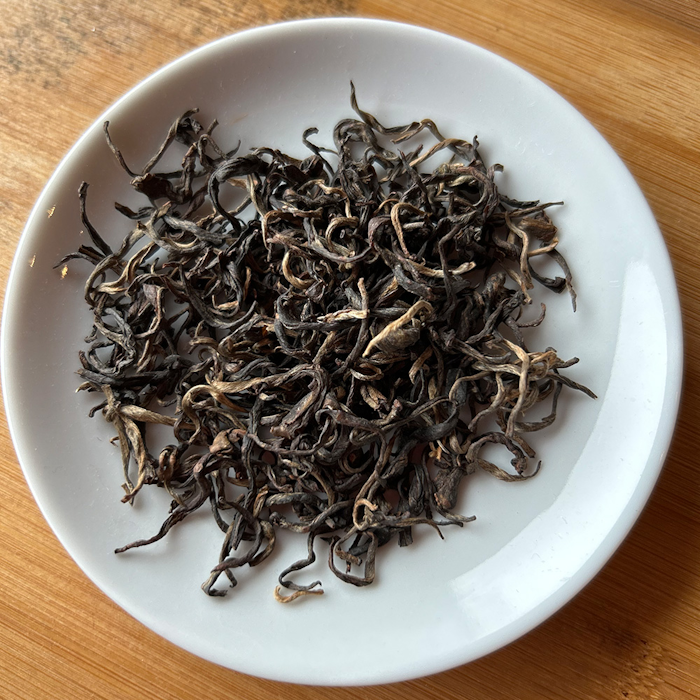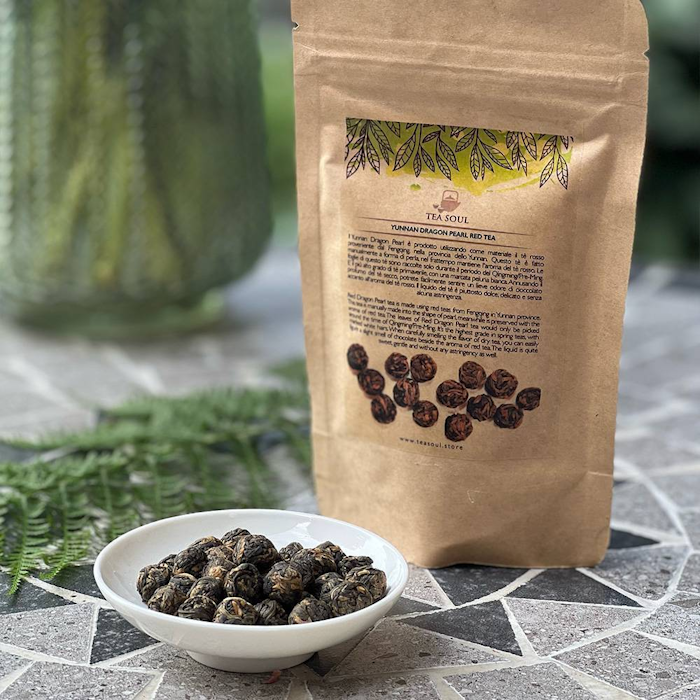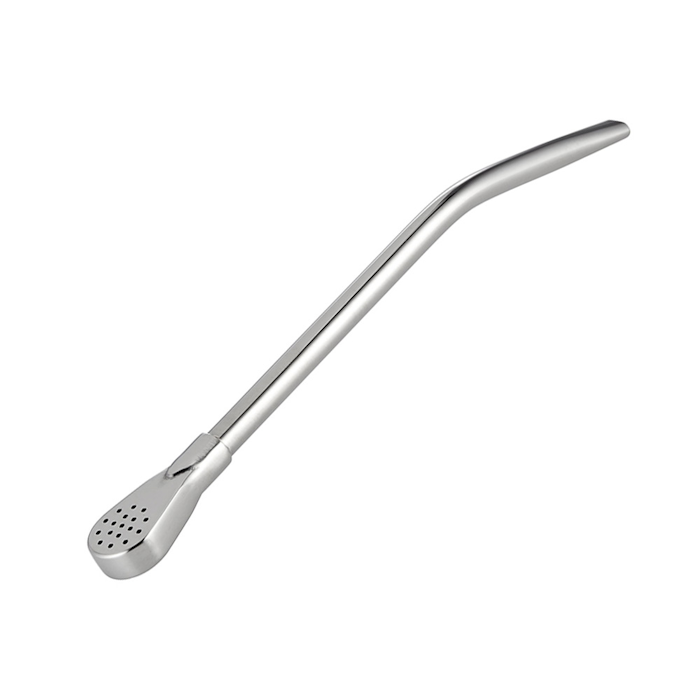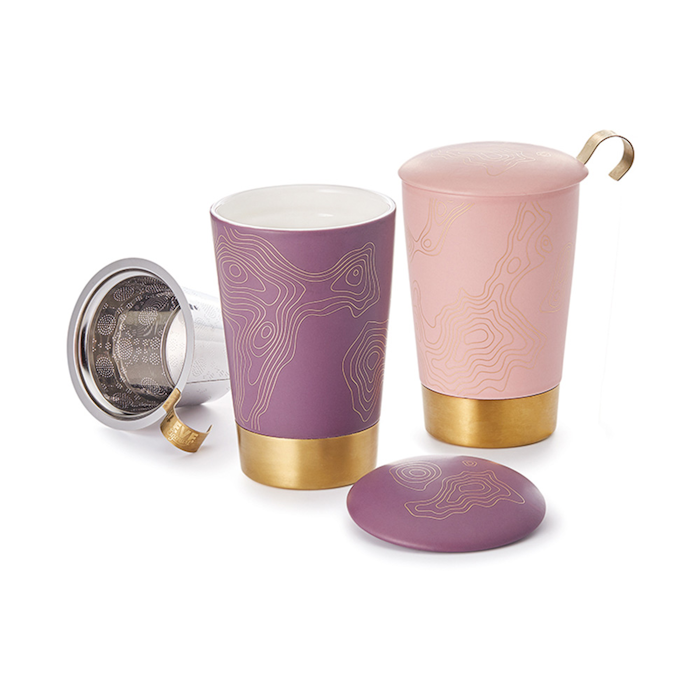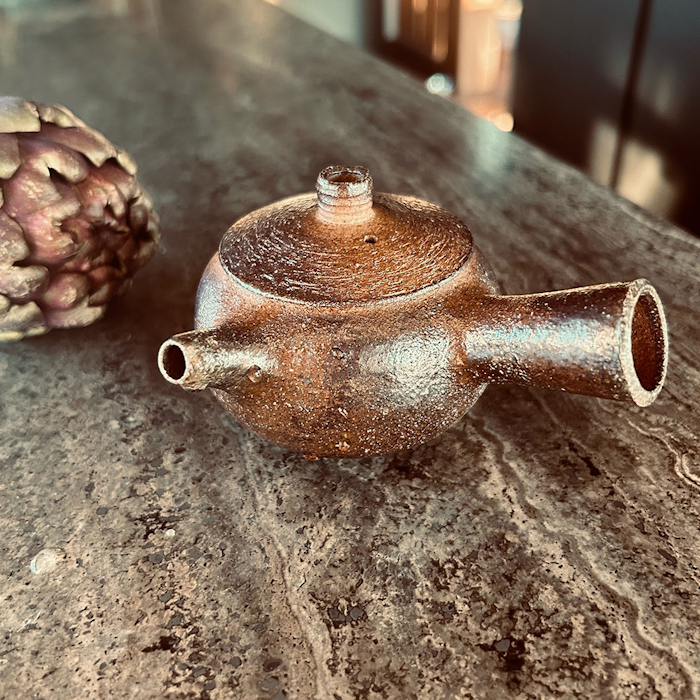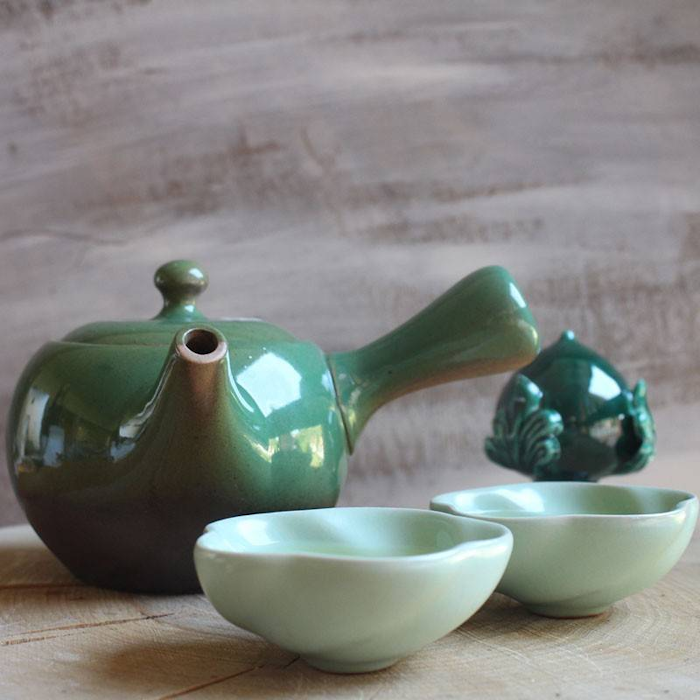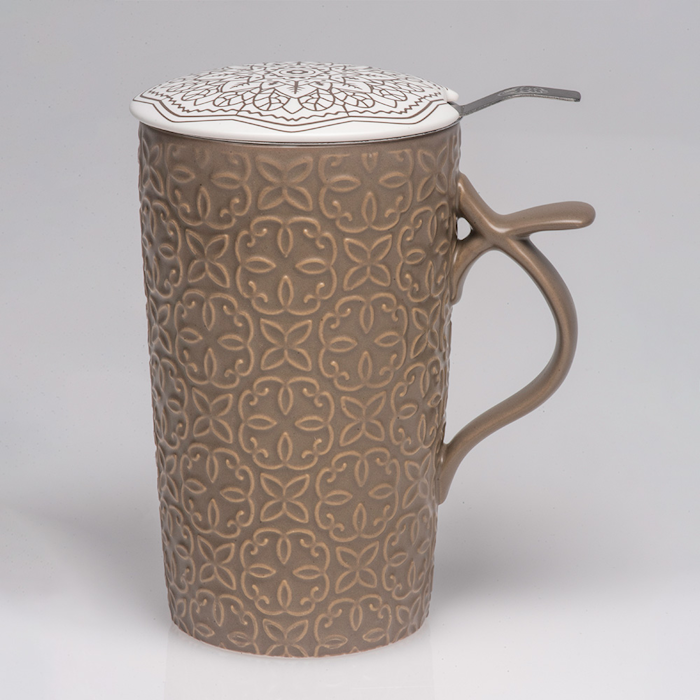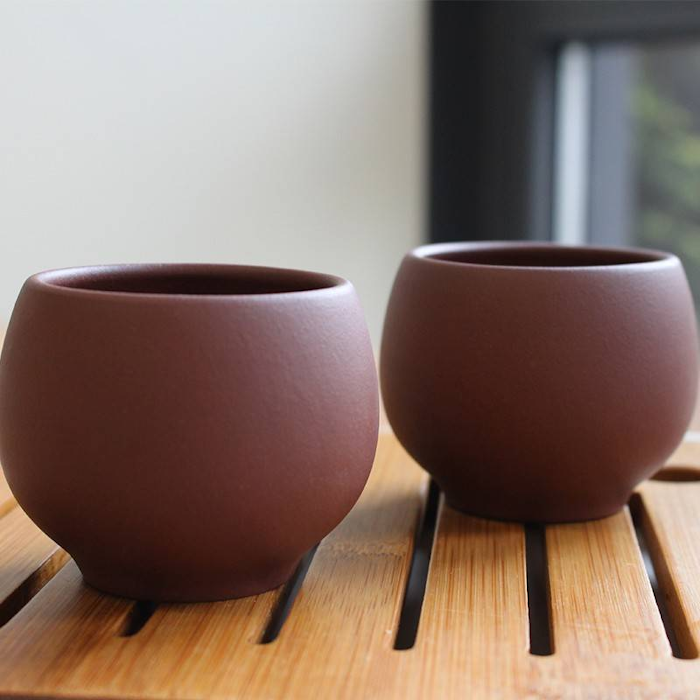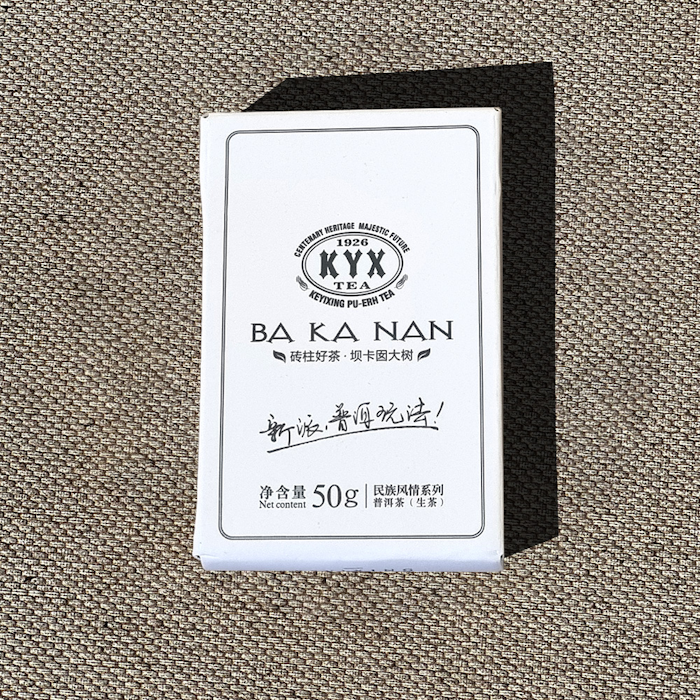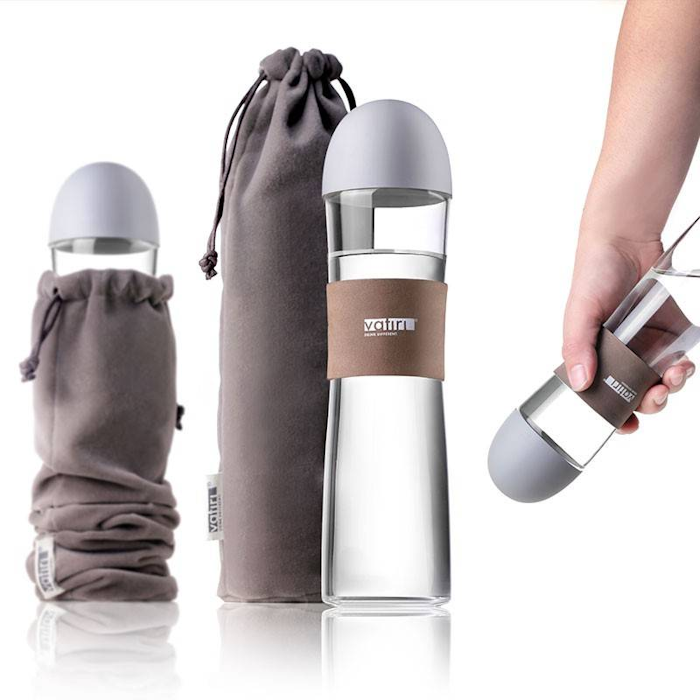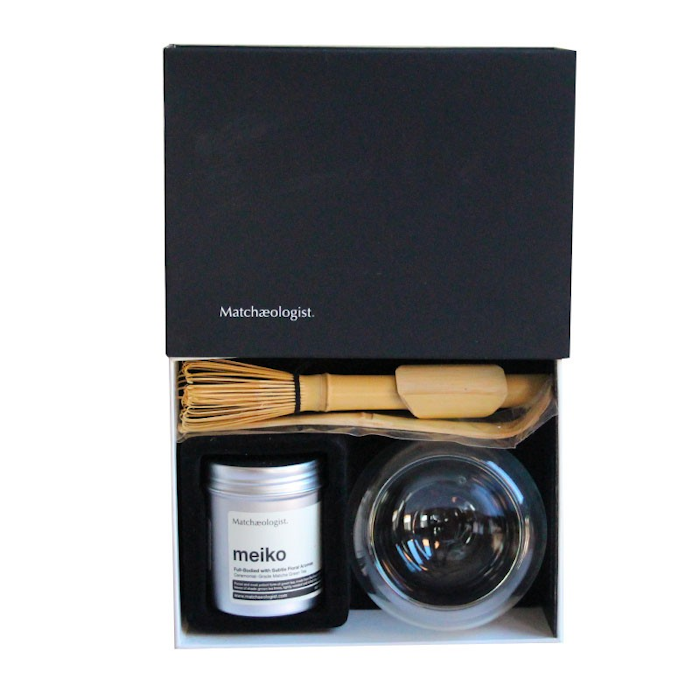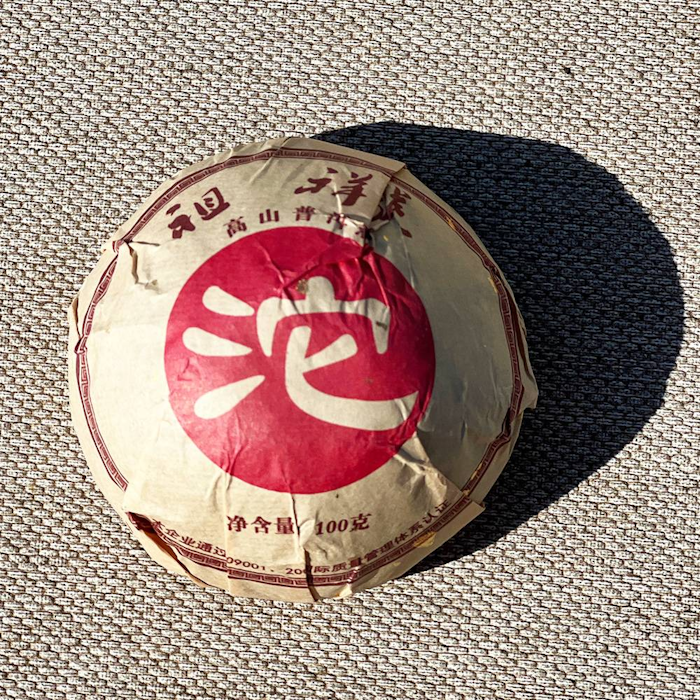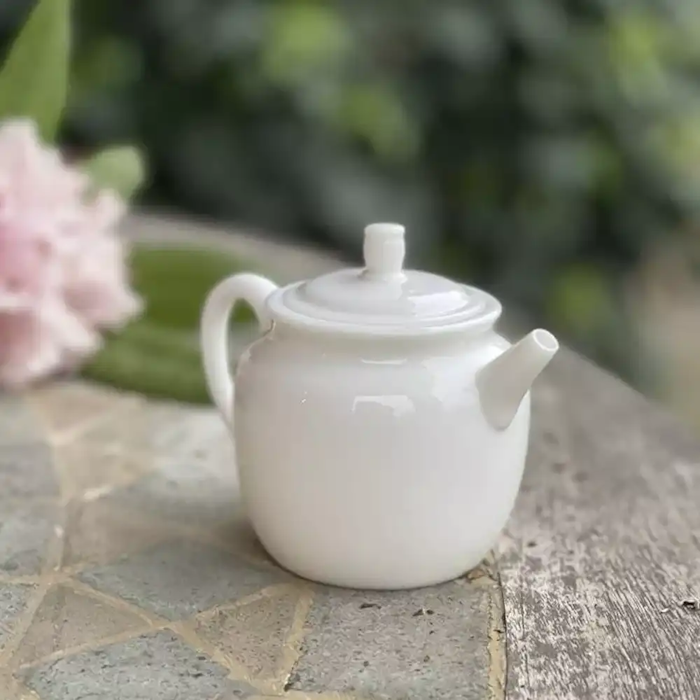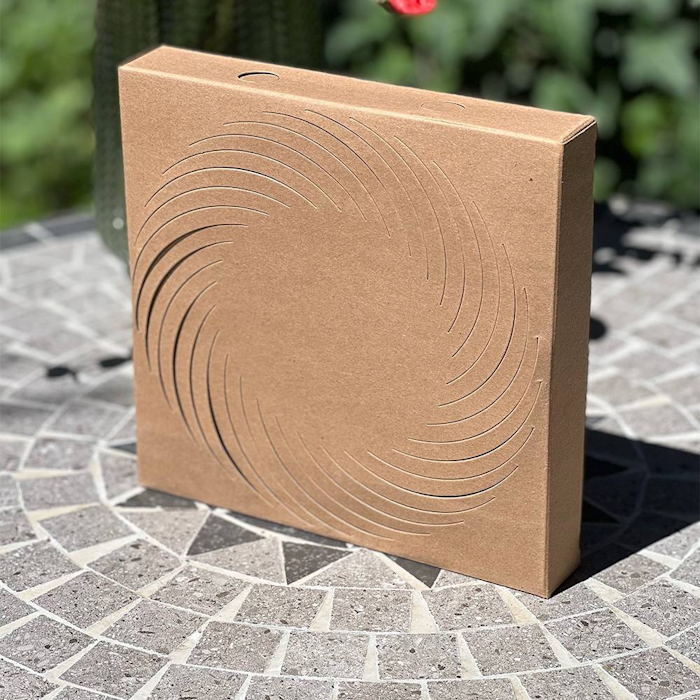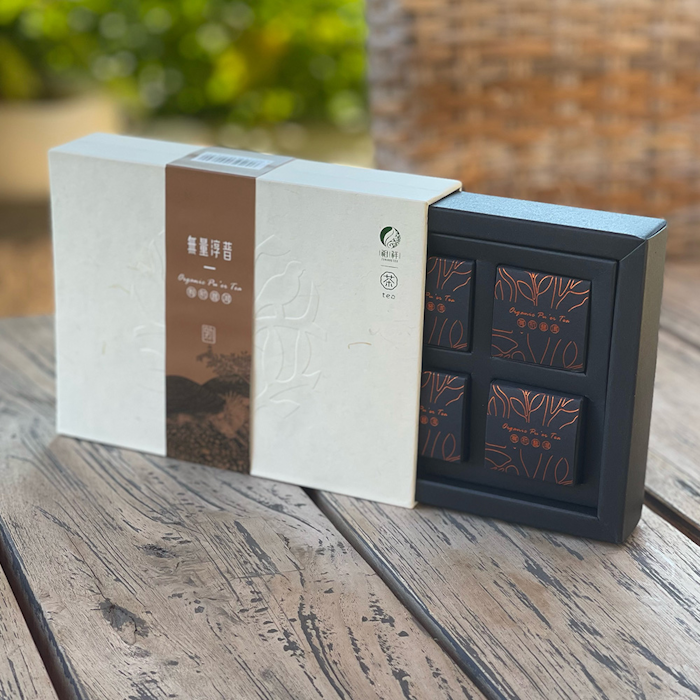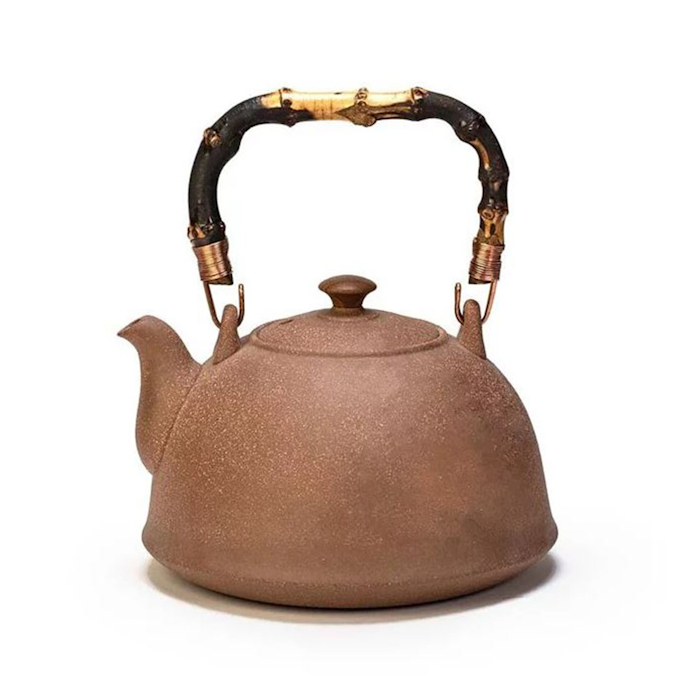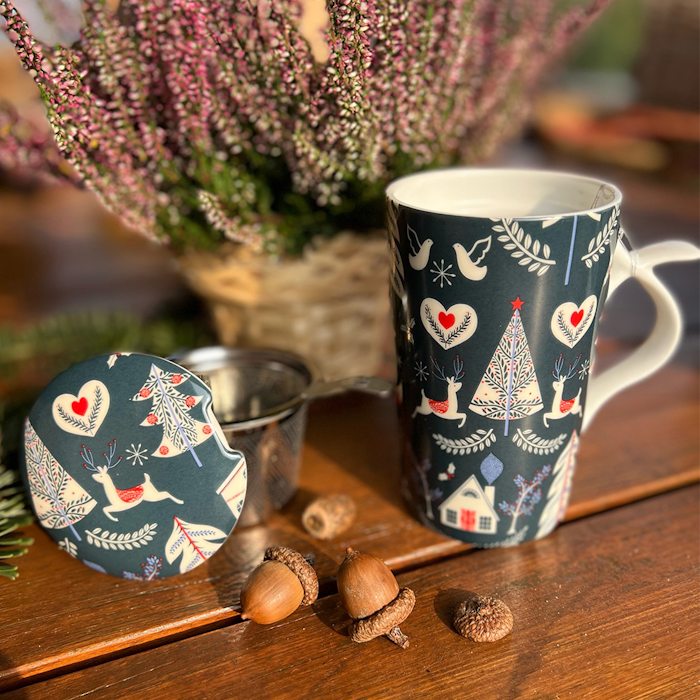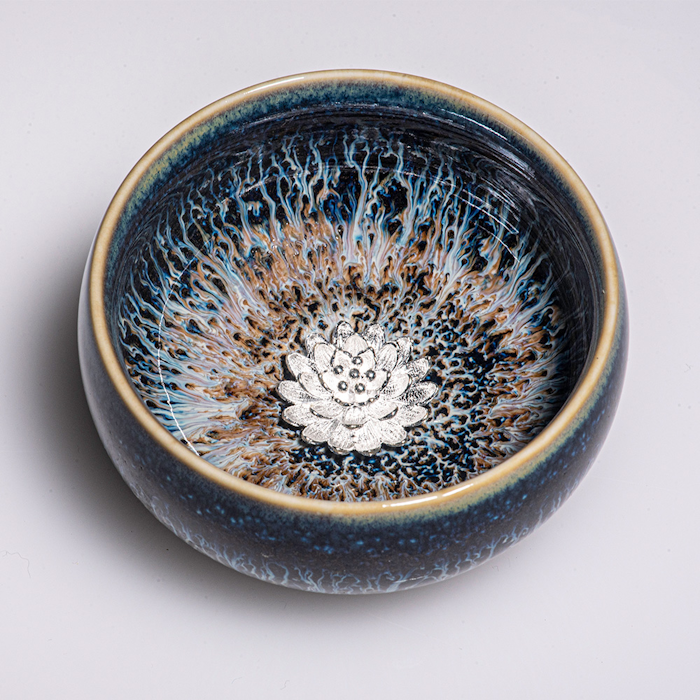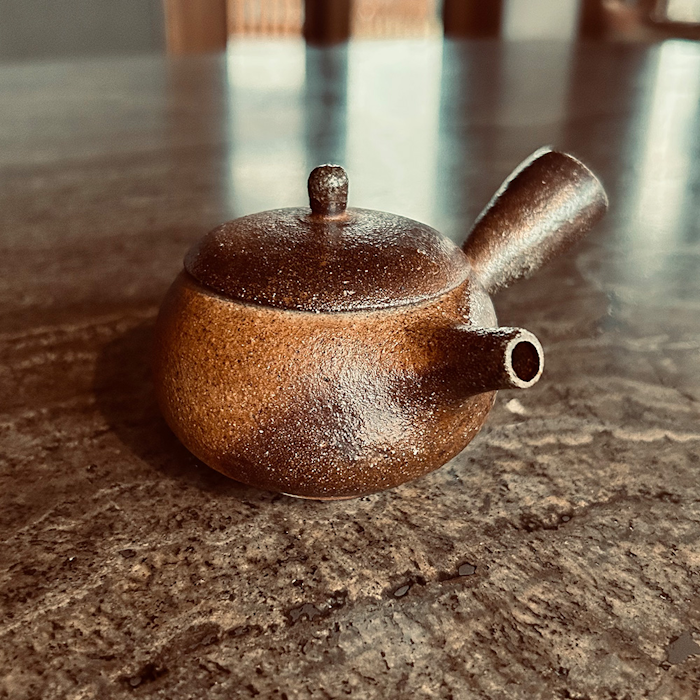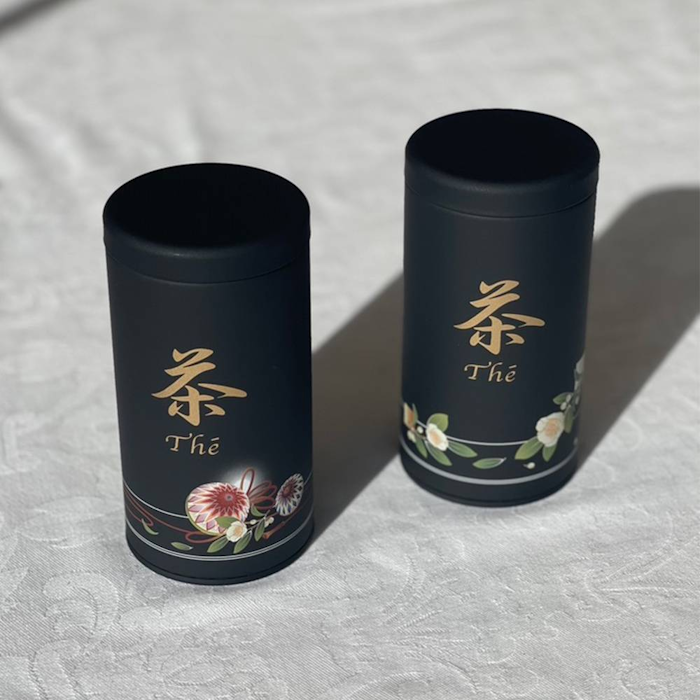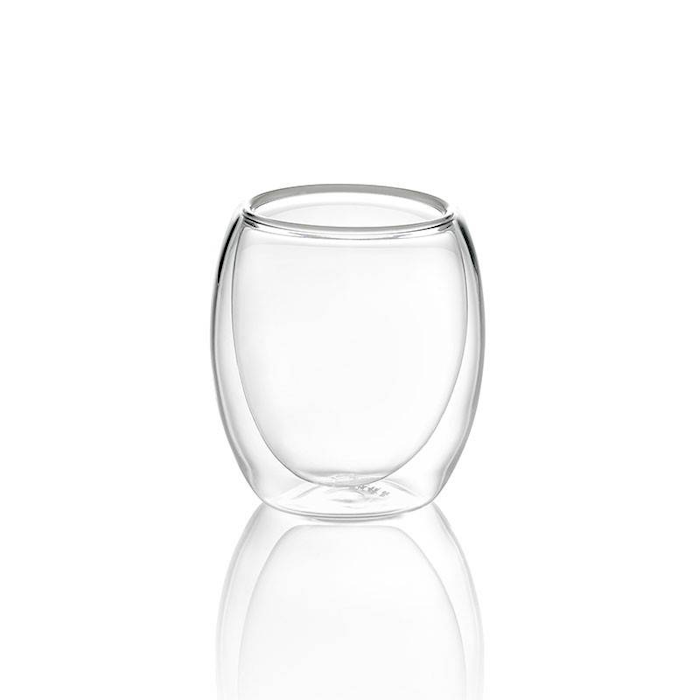The leaves of the puer sheng (raw) Menghai spring 2019 tea come from the Menghai area located in the Yunnan region of southern China. To better understand this product, it is necessary to delve into the area of origin of its leaves since, in most cases, it is the place of origin itself that gives the tea its name and main organoleptic qualities. This puer, specifically, is composed mainly of the crop made in the vast Menghai area west of Xishuangbanna Autonomous Prefecture in the far south of Yunnan. The leaves in question were then carefully selected and pressed in spring 2019 by the Menghai Shenyu factory located in Menghai County. The indication on the factory where the leaves arrive is useful to emphasize that behind this puer there is a certain style or type of research studied by a special group of tea masters to enhance the territorial characteristics of the product.
On the palate, Sheng Menghai Spring presents a vegetal character enriched by slightly sour notes, similar to those of an unripe citrus fruit. The latter characteristic is a factor often felt in puers around the year of aging and is indicative of the product's maturity stage. Despite the taste factor related to the very young age, the body of the drink is still soft to the sip, while in the aftertaste there is a slightly dry sensation given by the high presence of minerals in the leaves. Compared to other puers, this one does not show a particular sweetness but only a slight savoriness related to the plant flavors part of the infusion. The most interesting point of this product, in fact, remains the mineral sensation that will be able to be felt in a very intense way in the bottom of the mouth once the tasting is over.
Location of origin
Menghai - Yunnan, China
Production
After harvesting, the leaves are left to wither in the sun for a certain time at the producer's discretion before moving on to the oxidation blocking stage, purely similar to that used to produce green teas. The special feature, in this case, lies in not heating the leaves as much as is done for a green tea so that certain enzymes capable of modifying flavors over time are preserved. Once cooked, the leaves are allowed to rest overnight before concluding their drying process in the sun. At this stage the product is called maocha and is ready to be (eventually) pressed in order to obtain the best conditions for transport and aging. To press the leaves, they are passed through a strong jet of steam for a few seconds so that they are made soft on the outside; then they are gathered into a sock or sack that will give the product its usually discoidal shape. To ensure that this structure remains fixed over time. the sack is left for hours under a stone or mechanical press while the leaves lose that residual moisture taken up by the steam in the previous stage.
Preparation
We strongly recommend infusing this tea in the traditional Chinese method (Gong Fu Cha) with a gaiwan with a capacity of about 150 ml. By following this preparation, multiple infusions can be made with 5 grams of leaves that are useful to best capture all the flavor nuances of the tea.
Heat the water to a temperature of 90°C: proceed to briefly rinse the leaves and then to an initial infusion of 20 seconds. Keeping the water at the same temperature, you can then continue to exploit the same leaves by adding more water and increasing the infusion time by 5 seconds each time (20-25-30...).
This tea has a longevity of 8 infusions.
For a more classic preparation in the Western style, we recommend 2.5 grams of leaves in a 200 ml cup with water at 90°C for an infusion time of 2 1/2 minutes.
For a better tasting experience, we suggest that you strain the tea as soon as the infusion time is over. Our suggested infusion timings can be slightly modified to your liking to achieve a more or less intense taste.
We recommend storing in a cool, dry place away from direct sunlight.










